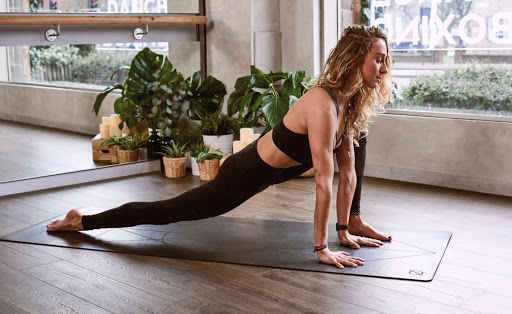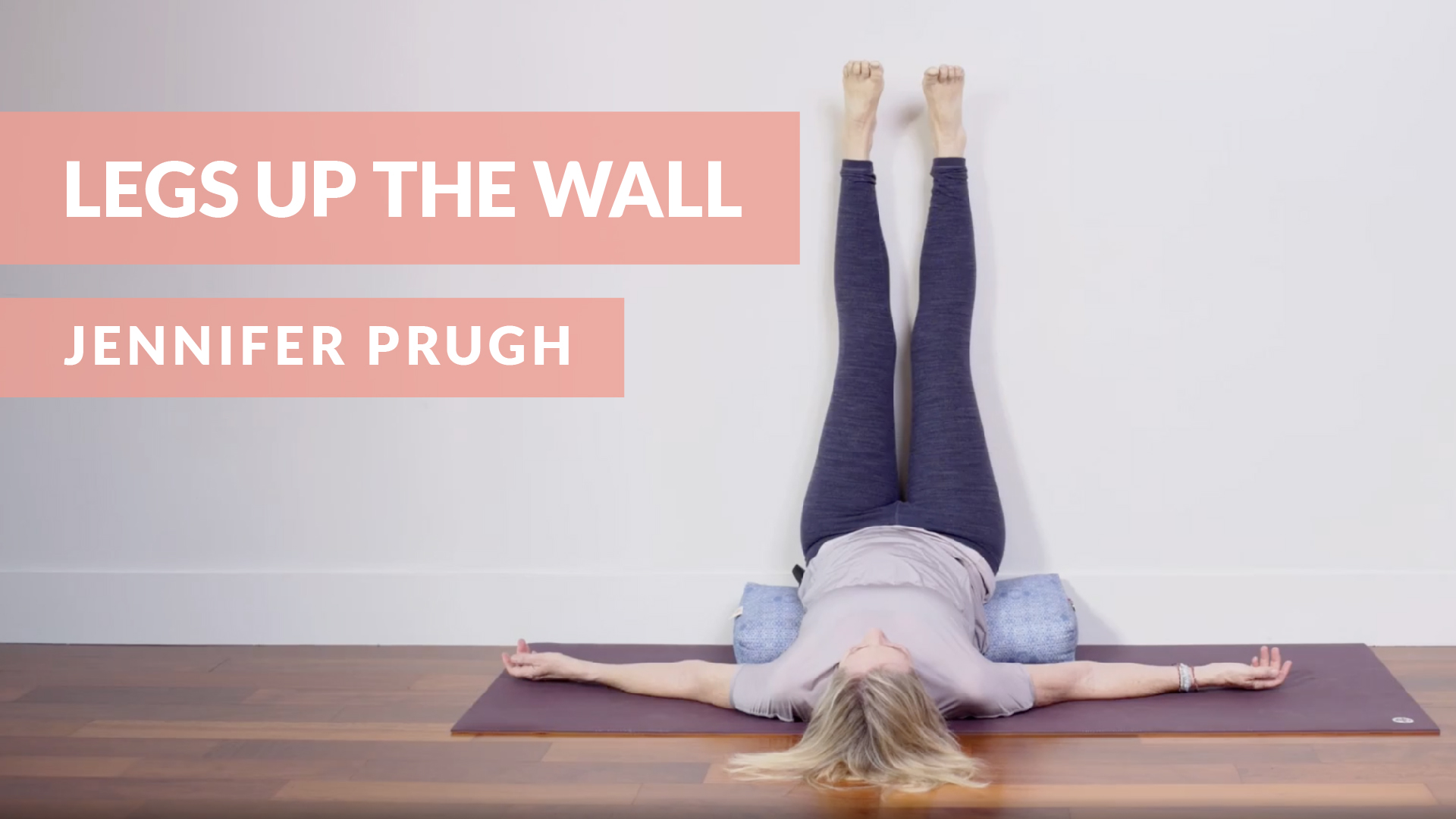In every yoga teacher training (YTT) I have taken since my first in 2002, we have covered modifications for people with low-back pain, this general term that describes many different pain scenarios. Why is low back pain covered in most YTTs? On average, 31 million Americans experience low-back pain at any given time, according to the American Chiropractic Association. Statistics also show that 80 percent of Americans will have low-back pain at some point in their lives. Pain that is debilitating and interferes with daily activities and work is staggeringly common. As yoga teachers, we are trained to meet people where they are and help them create a yoga asana practice that meets their needs. Overlooking low-back pain in even a single class leaves out the majority of students. So, why am I covering low-back pain again in 2020? Well, during this pandemic, a lot of us are sitting more than ever, working/zooming from home, and restricted in our daily activities due to shelter-in-place guidelines. This situation can cause existing pain to flare up and new low-back pain to develop.
While practicing yoga asana can help increase back strength and flexibility, it can also contribute to pain and injury. Since 2016, injuries in yoga are on the rise with low-back pain the leading complaint. So, how do we practice and teach yoga asana in a way that reduces injury and pain in the low back? Carefully, patiently, and with a lot of humility is what I have found.
Teaching how to modify postures for low-back pain took on a whole new meaning for me when I finally experienced it for myself back in 2008. I could barely move let alone practice asanas that were once daily and enjoyable. I had to practice what I was preaching about modifications but that didn’t address the underlying issues that caused the pain. Working closely with an experienced physical therapist taught me to tailor my daily practice to address these underlying patterns – not just on my mat but throughout my day, every single day. At that point, the pain was muscular and my new practices addressed imbalances, reducing flare-ups quite well. Life is anything but linear though. In 2018, I experienced a herniated disc in the low back due to a combination of post-op abdominal weakness and a strong adjustment in an asymmetrical posture. This new injury has required a whole new approach to my practice and self-care. A good dose of humility and self-exploration have brought some insights into practice that I want to share.
Before we get into the tips on practicing with low-back pain, let’s look at the different causes of the pain (note that even in the case of a disc injury, the surrounding muscles will be affected and imbalances may have compromised the area over time before injury):
- Imbalanced muscle tension between the back, front, and sides of the pelvis, legs, and core
- Sacro-iliac (SI) dysfunction: one side of the SI moves or is stuck, creating a torque in the pelvis and pain on one side.
- Chronically-weak gluteal, hamstring, and core muscles from lack of use or prolonged sitting
- Disc injuries, such as herniation (also known as slipped bulging discs, occur: when the rubbery disc in between the vertebrae pushes out of place, typically toward the back of the spine, and is compressed. This displacement of the disc often presses on surrounding nerves, causing pain, tingling, numbness, and weakness down a leg or arm. This injury can happen anywhere along the spine, but lower-back herniations are the most common and affect the hips and legs as well.
Tips for relieving acute pain:
- Lay on your back with knees bent, feet on the floor, and take full, deep breaths for 3-5 minutes.
- From the position above, place a yoga block under your sacrum and relax. Have the block on the lowest height. Bring one knee to chest, and stretch the other leg out rooting it toward the floor. Take 10-15 breaths. Switch sides, and repeat. This lengthens the hip flexors and engages the back of the legs to restore low-back alignment.
- Next, place the block in between your upper-inner thighs, and squeeze as you lift up into bridge pose. Press your shoulders and elbows into the ground to lift into the chest. Lower on the inhale, lift up again on exhale. Repeat 10-15 times.
- In table pose, place a block in the upper-inner thighs and squeeze it while you move between cat and cow poses. Repeat 8-10 times.
- From table pose with block, move into downward-facing dog pose, bending and straightening the legs 5-10 times.
- While standing in tadasana (mountain pose), squeeze a block between the upper thighs and crescent from side to side. Move slowly with your breath, squeezing the block and engaging legs and core. Repeat 5-10 times each side.
- With legs wide apart, toes out, and heels in, move up and down into horse stance 8-10 times with torso upright.
- Practice low lunge, keeping low belly drawing up and in, as you lift your arms up for a few breaths and then crescent side to side a few times. Repeat on the second side.
- Lying face down with arms in a cactus position, lift up into locust pose 8-10 times. resting down on every inhalation. Yes, the inhale rests, the exhale lifts for this practice.
- Rest on your back with the soles of the feet together, knees wide, hands on belly, and eyes closed. Take 10 long belly breaths, relaxing the whole body, especially the inner thighs and belly.
*You might also including more turmeric into your diet, as the ingredient has been show to assist with easing low-back pain.
Here is a 24-minute practice I have used over the years whenever my back pain flares up. All you need is a block, a mat, and your breath.
Tips for daily practice:

- Begin in a reclined, supported posture, focusing on the natural movement of breath for 3-5 minutes just relaxing.
- Move through gentle reclined postures, relaxing into the floor and warming up the spine, hips, and core.
- Do bridge lifts with a block between the thighs and pressing shoulders downward. Repeat 8-10 times.
- When you are doing any forward fold, whether standing, sitting, or reclined, bend your knees as much as you need to, in order to reduce tension in the back and hamstrings.
- Avoid deep, twisting postures.
- Include lunging postures, standing poses, backbends, and lateral side-stretching postures.
- Always include some core-focused work, but modify it to reduce strain on your back and hip flexors.
The practices above have been integral to my own healing and that of many students. It’s informed by my colleagues in physical therapy, chiropractic, massage therapy, yoga therapy, and many of my practices. Remember: when you are in pain, first address that acute need to calm the nervous system. Try the first practice for pain 3-5 times a week. Once you are fairly pain-free and moving better, do the second practice 2-3 times a week as maintenance and to help improve imbalances.
I’d love to hear from you – let me know how it goes for you and your findings in the comments below!















